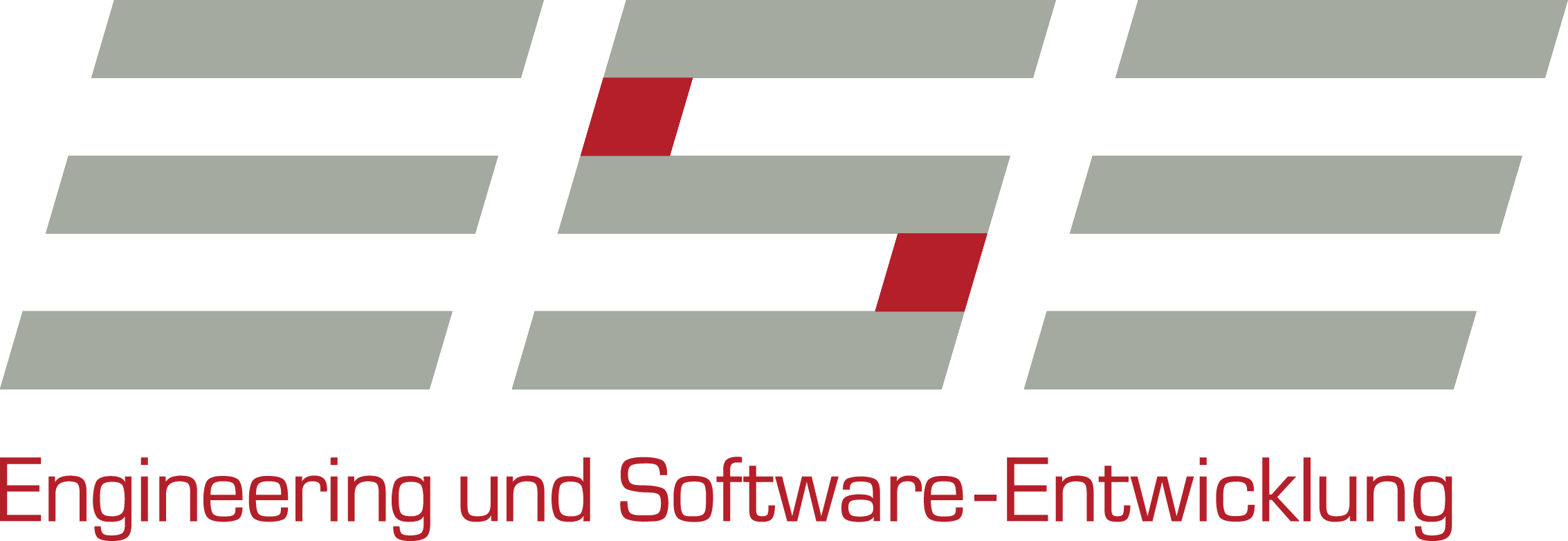Increasing the robustness of software components through automated tests
The 6th issue of the trade journal “Signal + Draht” (6/2021) presents an approach that combines new technologies from the fields of IT security and machine learning to make software testing for rail applications more efficient in the future.
The demands on software-based systems are constantly increasing. The development and test teams have to provide proof of the correctness of software in an ever shorter time. The solutions must meet ambitious quality targets, particularly in terms of robustness and reliability. Driven by the development of the legal framework at both European and national level in connection with the protection of critical infrastructures, the topic of cybersecurity has become increasingly important in the rail security environment in recent years.
In their article, Benjamin Mensing, Matthias Rathing, Florian Haux and PD Dr.-Ing. Lars Schnieder present an approach that combines new technologies from the fields of IT security and machine learning in order to make software testing for railroad applications more efficient in the future. “Intelligent fuzzers” were used and tested as part of a verification in the environment of a SIL4 ETCS software component (European Train Control System, ETCS) of a Radio Block Center (RBC). The focus here is on working out the added value of a fuzzer, integrated into an existing verification process, with as little additional effort as possible.
We are happy to provide you with the full article.


